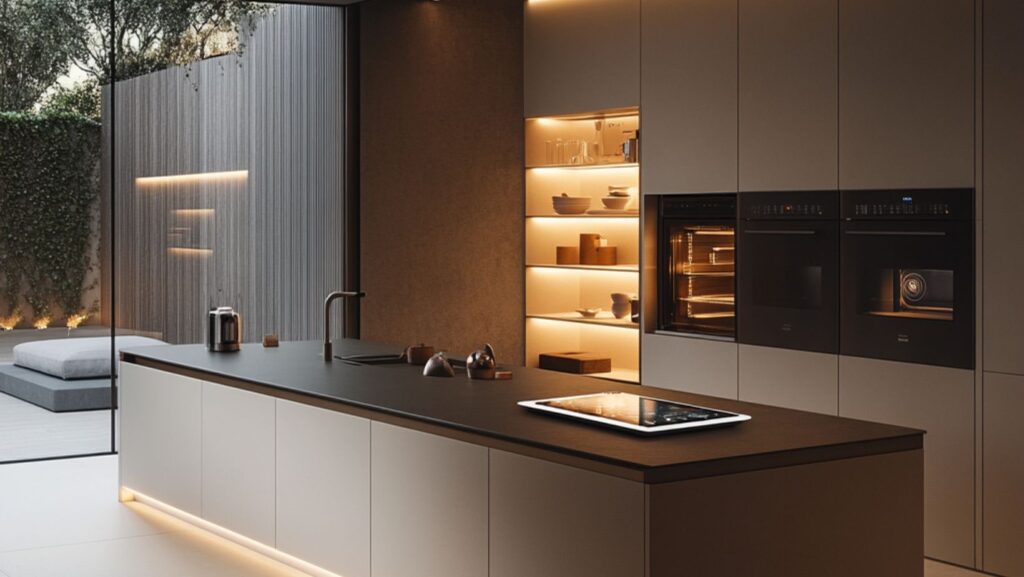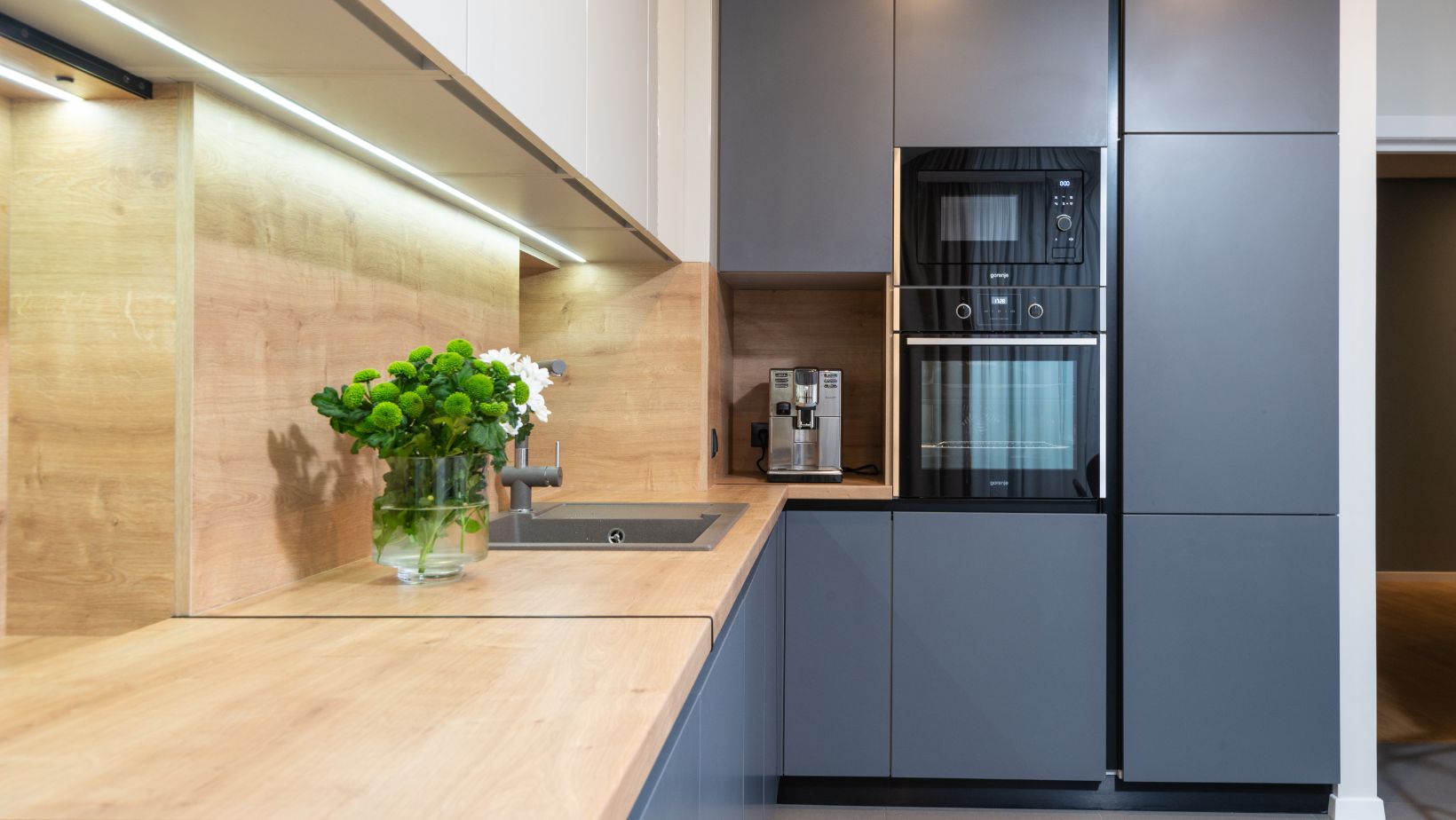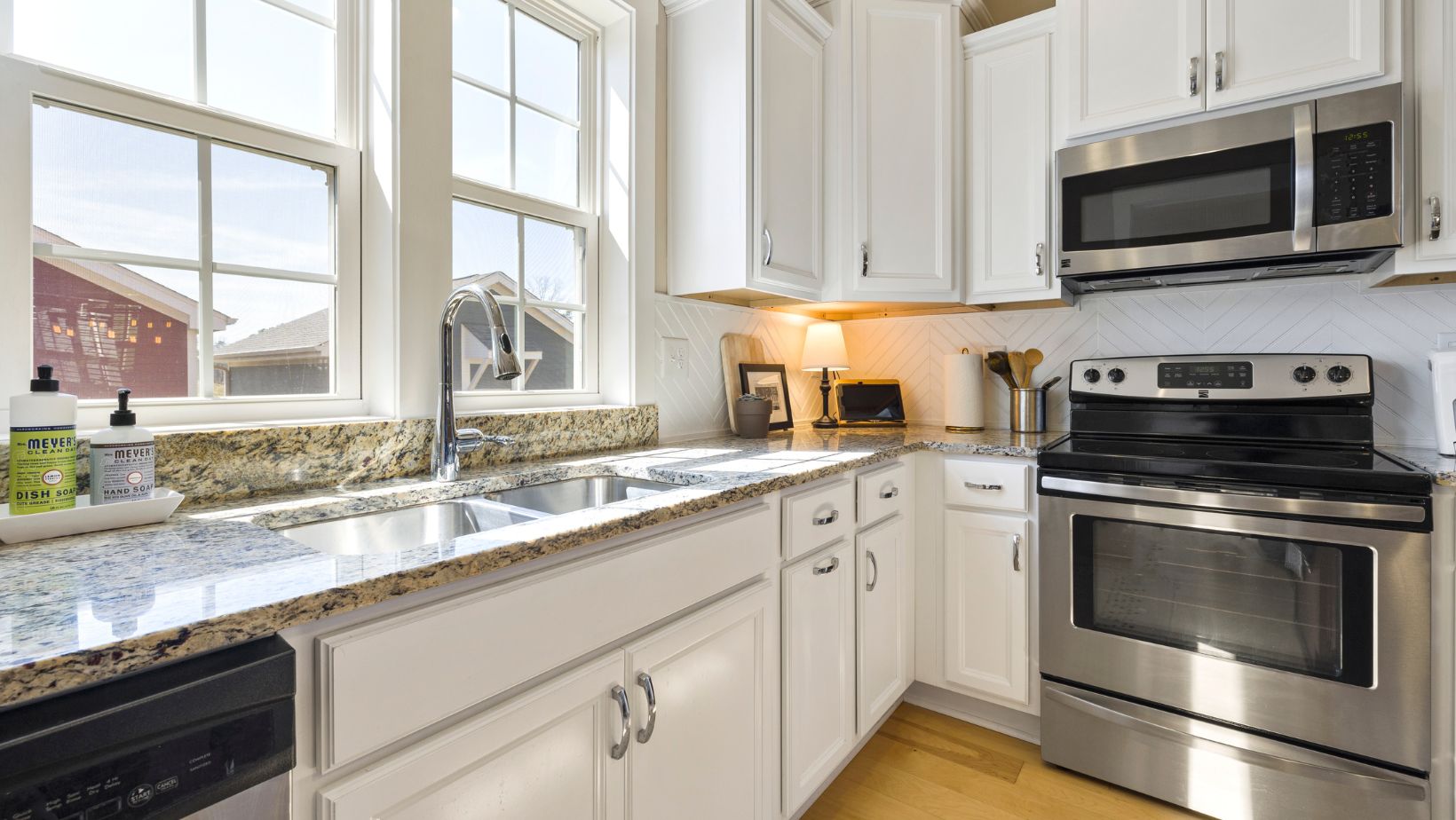The intersection of smart appliance repair and appliance repair technology has fundamentally transformed how homeowners approach kitchen and laundry room design. Today’s integrated appliance repair solutions are no longer just about fixing broken devices they’re about creating intelligent living spaces that anticipate problems before they occur, seamlessly blending maintenance with modern home architecture.
Think of your home as a living organism where every appliance functions like a vital organ. How appliance repairs pay for themselves through hidden savings has become clearer as smart technology reveals the intricate connections between appliance health and overall home efficiency. Meanwhile, Consumer Reports’ comprehensive smart home toolkit demonstrates how connected devices are making maintenance more intuitive than ever before.
The Architecture of Self-Aware Appliances
Modern smart appliances have evolved from simple machines into sophisticated diagnostic systems that communicate their health status in real-time. These devices function like architectural elements with built-in intelligence—imagine if your kitchen island could tell you when its internal systems needed attention, or if your laundry room could predict when equipment might fail based on usage patterns.
Smart refrigerators now monitor their own compressor efficiency, track temperature fluctuations, and alert homeowners to potential seal failures before food spoilage occurs. Washing machines equipped with vibration sensors can detect bearing wear months before complete failure, while smart ovens analyze heating element performance to prevent uneven cooking. This predictive approach transforms repair from reactive crisis management into proactive home stewardship.
The beauty lies in how these systems integrate seamlessly into contemporary home design. Instead of bulky diagnostic equipment cluttering counter spaces, sleek touchscreen interfaces and smartphone notifications provide all necessary maintenance information. This marriage of form and function represents the future of kitchen and laundry room architecture.
The Connectivity Revolution in Home Maintenance
Like a well-designed home where every room flows naturally into the next, modern appliance ecosystems create seamless connections between different systems. Smart thermostats now communicate with refrigerators to optimize energy usage during peak cooling periods, while connected water heaters coordinate with dishwashers and washing machines to manage hot water demand efficiently.
This interconnected approach extends to maintenance scheduling. Smart homes can now coordinate repair appointments across multiple appliances, similar to how architects plan construction phases to minimize disruption. When your smart dishwasher detects a spray arm issue, it can automatically schedule a service call while ensuring other water-dependent appliances adjust their cycles accordingly.
The result resembles a choreographed dance where each appliance knows its role in the larger household ecosystem. Energy consumption becomes optimized, repair costs decrease through early intervention, and homeowners experience the kind of seamless functionality that defines exceptional architectural design.
Designing Around Intelligence, Not Just Aesthetics
Contemporary kitchen design increasingly accommodates smart appliance features rather than hiding them. Counter space now incorporates charging stations for diagnostic tools, while cabinet designs include hidden conduits for the additional wiring these systems require. Smart home hubs find elegant integration into kitchen islands or dedicated command centers that serve as the brain of home operations.
This shift mirrors broader architectural trends toward transparency and functionality. Just as modern homes celebrate structural elements rather than concealing them, today’s kitchen designs showcase technological capabilities. Appliance manufacturers respond by creating devices that look as sophisticated as they perform, with sleek displays and premium finishes that complement high-end architectural details.
The maintenance aspect becomes part of the design narrative. Service panels integrate cleanly into cabinetry, diagnostic ports blend seamlessly with appliance aesthetics, and repair access points consider both functionality and visual appeal. This holistic approach ensures that smart home maintenance enhances rather than detracts from architectural vision.
The Economics of Architectural Longevity
Smart appliance repair creates financial benefits that extend far beyond individual device maintenance. When appliances operate at peak efficiency through predictive maintenance, entire home systems benefit. Energy costs decrease, food waste diminishes, and the need for emergency repairs virtually disappears.
Consider the cascade effect: a properly maintained smart refrigerator uses 25% less energy while preserving food 40% longer. This improved performance reduces strain on kitchen electrical systems and minimizes the heat load that forces air conditioning systems to work harder. The cumulative effect resembles energy-efficient architectural design, where every element contributes to overall performance.
These systems also protect home value through documentation. Smart appliances maintain detailed service histories accessible to potential buyers, similar to how architectural drawings and permits add credibility to property transactions. This transparency creates measurable value that traditional appliances cannot match.
Integration Challenges and Design Solutions
Smart appliance integration presents unique challenges that architects and designers must address. Network infrastructure requirements demand careful planning, particularly in older homes where wireless coverage may be inconsistent. The solution often involves strategic placement of mesh network nodes and consideration of appliance communication ranges during the design phase.
Power requirements also differ from traditional appliances. Smart features require constant connectivity, leading to slightly higher baseline energy consumption. Successful integration involves pairing these devices with efficient electrical systems and renewable energy sources where possible. Solar integration becomes particularly attractive when supporting multiple smart appliances simultaneously.
Storage and organization needs evolve as well. Smart appliances often come with additional accessories—calibration tools, replacement sensors, specialized cleaning equipment—that require dedicated storage solutions. Modern kitchen and laundry room designs increasingly incorporate these requirements into cabinetry and organizational systems.
Future-Proofing Your Home Architecture
The trajectory toward fully integrated smart home systems appears unstoppable, making future-proofing essential for any significant home renovation or construction project. This means installing robust networking infrastructure, planning for evolving power requirements, and designing flexible spaces that can accommodate technological advancement.
Smart appliance repair will likely become increasingly automated, with devices ordering their own replacement parts and scheduling service appointments. Home design must anticipate these capabilities while maintaining human oversight and control. The goal involves creating spaces that feel welcoming and manageable rather than overwhelmingly technical.
Successful integration requires balancing cutting-edge capability with timeless design principles. The most effective smart home architectures feel intuitive and comfortable while providing sophisticated functionality. This approach ensures that technological advancement enhances daily life rather than complicating it.
The Human Element in Digital Design
Despite increasing automation, the human element remains central to successful smart home architecture. Interfaces must feel natural and responsive, maintenance procedures should be straightforward, and emergency overrides need to be accessible to users of all technical abilities. The best smart appliance repair systems disappear into the background, working efficiently without demanding constant attention.
This philosophy extends to professional service integration. Smart diagnostics enhance rather than replace human expertise, providing technicians with detailed information that enables faster, more accurate repairs. The relationship between homeowner, technology, and service providers creates a support ecosystem that maintains home systems more effectively than any single approach.
The future belongs to homes that think intelligently about their own maintenance while remaining fundamentally human spaces. Smart appliance repair represents just one element of this broader vision, but it’s a crucial component that influences everything from daily routines to long-term property value.




More Stories
How Compact Yet Powerful Radiators Are Revolutionising Home Heating
Common Problems with Door Locks and How to Fix Them?
How Do Diesel Heaters Compare to Propane and Electric Options?